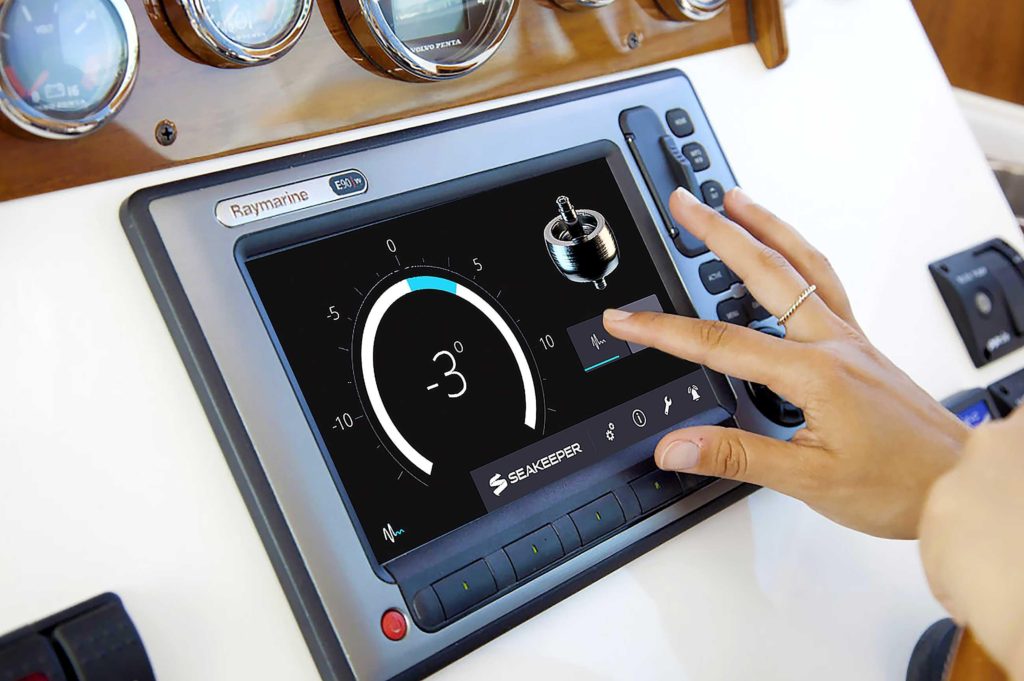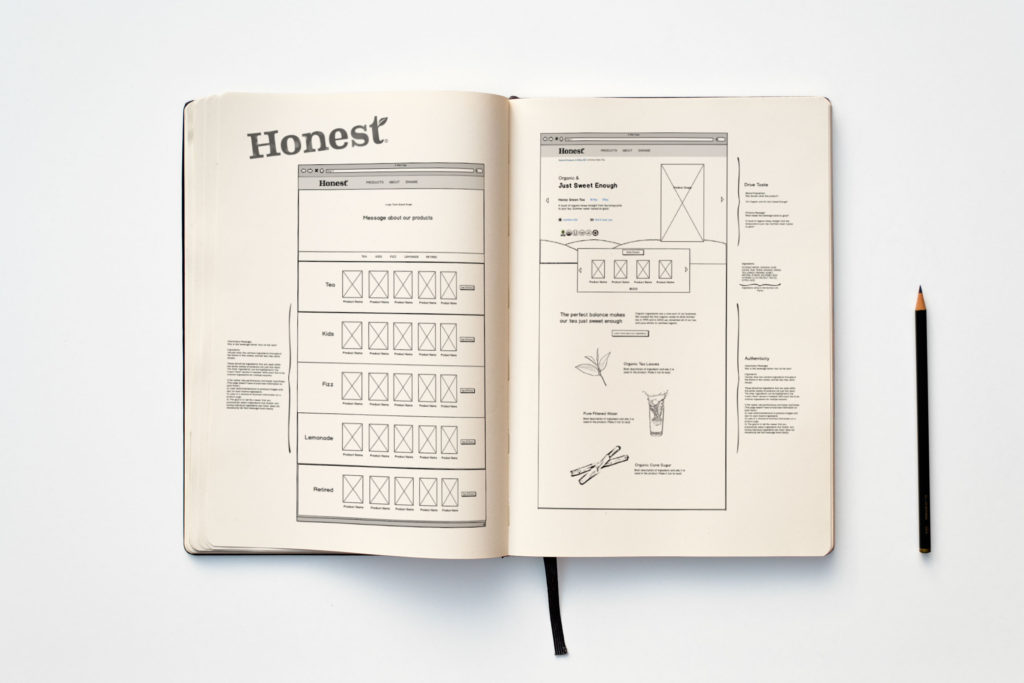The terms “UI” and “UX” are often used interchangeably, but they represent distinct aspects of design needed for creating exceptional user experiences. At King Design, we understand the importance of these concepts needed to deliver the perfect design solution for our clients.
UI Design: Crafting Engaging Interfaces
User Interface (UI) design focuses on the visual elements of a product or website. The goal here, is to create a visually appealing and intuitive interfaces that captivate users from the start. At its core, UI design revolves around enhancing the look and feel of digital interfaces, encompassing elements such as:
- Layout: Strategic arrangement of visual elements to optimize user interaction and navigation.
- Typography: Selecting fonts, sizes, and styles that complement the overall design while ensuring readability and accessibility.
- Color Palette: Careful selection of colors to evoke desired emotions, enhance usability, and establish brand identity.
- Icons and Graphics: Incorporating intuitive icons and graphics to quickly communicate information.
A well-executed UI design not only elevates the visual appeal of a product but also plays a pivotal role in guiding users through their journey and desired outcome.

UX Design: Shaping Seamless Experiences
User Experience (UX) design focuses on understanding the needs and behaviors of users to create seamless and intuitive interactions with a product or service. Unlike UI design, which primarily deals with the surface-level look and feel, UX design delves deeper into the user journey, addressing aspects such as:
- User Research: Conducting thorough research to gain insights into user preferences, behaviors, and pain points.
- Wireframing and Prototyping: Creating wireframes and prototypes to visualize the product’s structure and functionality, allowing for refinement based on user feedback.
- Information Architecture: Organizing content and features in a logical manner to enhance usability.
- Usability Testing: Testing the product with real users to identify any usability issues and refine the design for optimal interaction.
By prioritizing user needs and streamlining the interaction flow, UX design aims to remove barriers and friction points, ensuring a smooth and rewarding user experience.

Conclusion
Understanding the differences between UI and UX design is crucial for creating exceptional digital experiences that resonate with users. While UI design focuses on the visual elements of the interface, UX design delves deeper into the overall user experience, prioritizing usability, efficiency, and satisfaction. By integrating both disciplines seamlessly, we ensure the delivery of design solutions that not only look stunning but also function intuitively and help drive business success. If your website or application could use a UI/UX overall, we’d love to work with you!